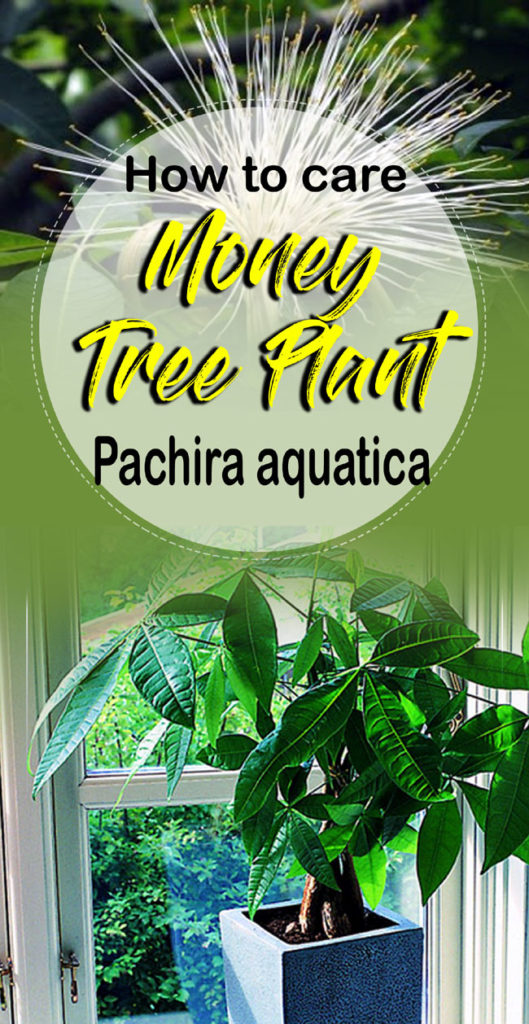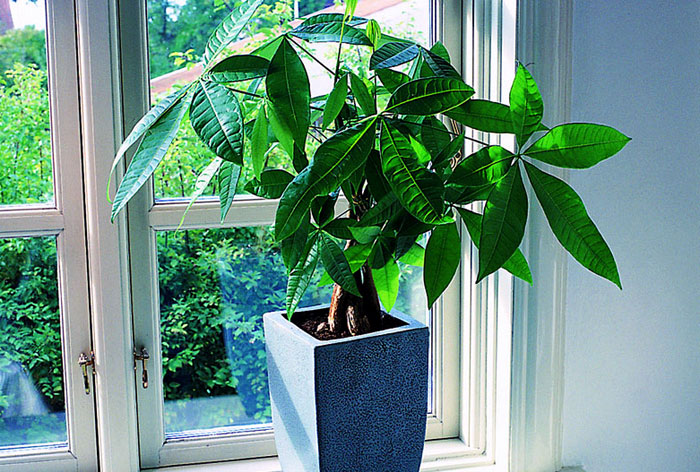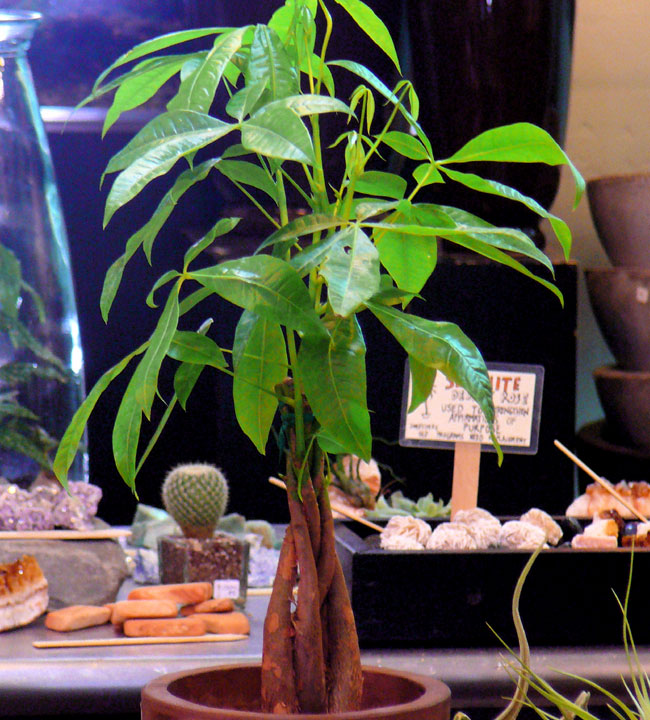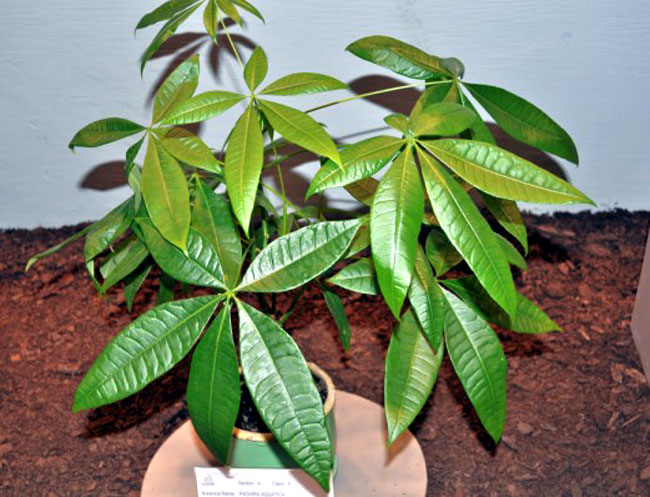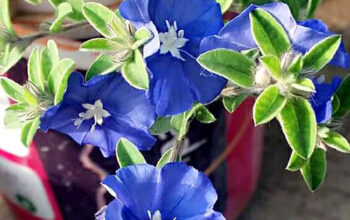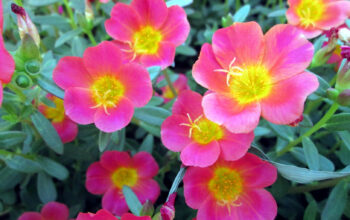Money Tree Plant (Pachira )
Money Tree Plant (Pachira Aquatica) is a tropical evergreen estuarine species plant, native to the riverbanks from Mexico to northern South America’s tropical rainforest. The money tree is mainly a tropical ornamental plant and is cultivated in a frost-free climate for edible nuts. Money Tree Plant is grown in Hawaii and southern California.
According to traditional Feng Shui, there are some plants along with other things that are considered positive energy wealth plants; Pachira is a plant that helps in increasing energy and wealth and is displayed in the money center. it is also highly famous in other areas as a houseplant and bonsai.
Originated History of the Money Tree Plant
Presently, Money Tree Plants can be found around Asia, Europe, and the United States. In Asia, this plant is of great cultural importance and it is often decorated with red ribbons and other ornaments. These plants are symbols of good fortune; the belief is that these plants can bring prosperity (wealth) to your home. Every leaf branch of it possesses five and this traditionally symbolizes five fundamental elements, following in order of feng shui (wood, water, fire, earth, and metal). You will probably see a branch with six or seven leaves. The additional leaf section sign means great fortune.
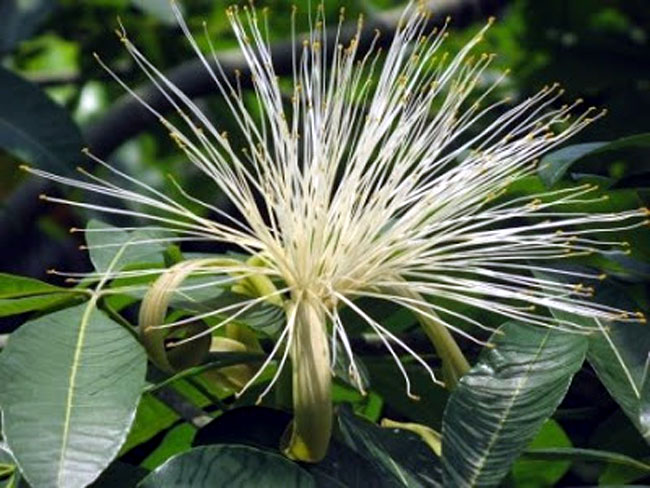
Classification
Scientific name Pachira Aquatica
Common name Guiana chestnut, Chestnut, Malabar chestnut
Plant type Houseplant
Sun required Full Sun to part shade
Flower color Opens like a banana peel and Hair like yellow-orange stamens
Blooming Seasonal bloomer
Soil Medium to wet soil
Soil PH 6.0- 7.5
Zone 10-12
Popular name
Pachira Aquatica is also known by many common names, Guiana chestnut, Chestnut, and Malabar chestnut. In addition, it is often sold commercially in the name of a houseplant or money tree plant, money plant, or as a bonsai.
Increasing need for Pachira aquatic
Soil and location
Pachira flourishes well with minimal to no cold. Pachira is hardy to USDA zones 10-12, where it loves to grow in medium to wet soil in full sun to part shade. These plants can tolerate almost the whole shade, they fit best in protected areas with strong winds. These plants grow perfectly in flooded areas too, they require frequent moisture.
Watering
For upland trees, the soil needs to always be moist, and the tree requires sufficient water. However, as reported by Missouri Botanical Gardens, indoor plants require frequent moisture but in modest amounts. Too soggy or flooded soil in pot culture can promote fungal diseases.
Temperature
This plant will thrive well in the middle of the room. Avoid keeping this plant under a temperature below 50 degrees F (10 degrees C) as it is a tropical plant and can damage the plant due to low temperatures, though it can withstand moderate cold temperatures for some time.
How to care for Money Tree Plant, Pachira Aquatica
- Place the money tree in a simple humid room and give it deep water as long as water is not flowing out of the lower surface of the container. Wet the soil of the pot surface to dry out before re-watering.
- If you’re in hot or dry places, then have a pot on pebbled soccer that increases humidity. A soccer full of water and pebbles increases the vaporization and humidity.
- Provide fertilizer every two weeks for this you use dilute food half dilute food. Do not fertilize your plants in winter.
- Spraying is not a requirement for the pachira plant although care each year for your money tree through cutting out damaged parts or dead branches of the plant by pruning, which improves the growth of the plant
- Transplanting, after every two years, your pachira plant and use the fresh growing medium. Do not transfer the plant too many times.
- Money tree dislikes leaving the roots of their leaves and like moving them over and over. Keep them away from the drafty areas.
- Put the Pachira money tree in a dappled light area during summer days but bring it indoors before the fall.
Repotting
Usually, the potted pachira comes in small containers or even in poly bags. So, re-pot it again after you buy it. Just keep repeating the process every 2-3 years for good health for the plants.
Pest’s problem Money Tree Plant
According to the Missouri Botanical Gardens, these trees do not have serious pests or diseases. However, the Money Tree Plant developing inside the house may suffer from a mealybug. In the leaves and stalks, soft, small brown worms are visible in clumps. To get rid of mealybugs, take them out on a warm day, and put a strong stream of water, it will also clear the dust from the leaves.
Uses of PachiraPlant
Garden use
The attractive tropical plant for frost-free areas, which is very popular as houseplant and bonsai.
Culinary use
Its raw and cooked seeds have a taste like peanuts, when roasted in oil, chestnuts tastes. Roasted seeds resemble cocoa. Flour made from seeds used to make bread. Roasted seeds are used to make drinks. Young leaves and flowers are also cooked and used as a vegetable.
Medicinal use
The immature or green fruit skin is used to treat hepatitis. Its bark is used in problems related to one’s stomach and headaches. The crushed leaves are used in skin-burning sensation.
References
- http://homeguides.sfgate.com/care-pachira-plant-48078.html
- http://www.missouribotanicalgarden.org/PlantFinder/PlantFinderDetails.aspx?kempercode=d445
Read also; Growing and caring Ixora houseplants, Growing and care Begonia, How to grow Mussaenda Bush. 8 Best Frugal gardening tips. How to grow colchicum bulb.
Happy gardening
Pin it:
